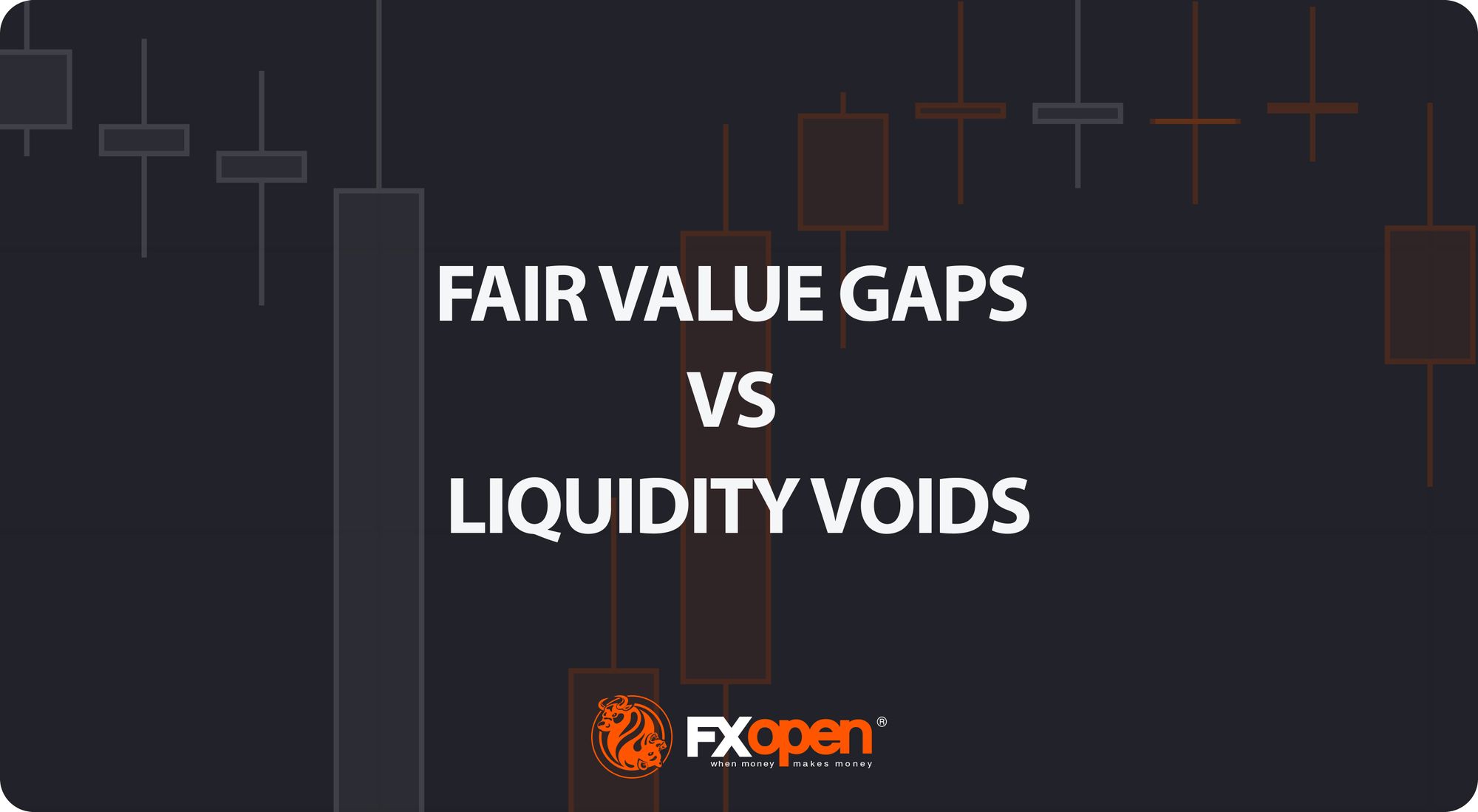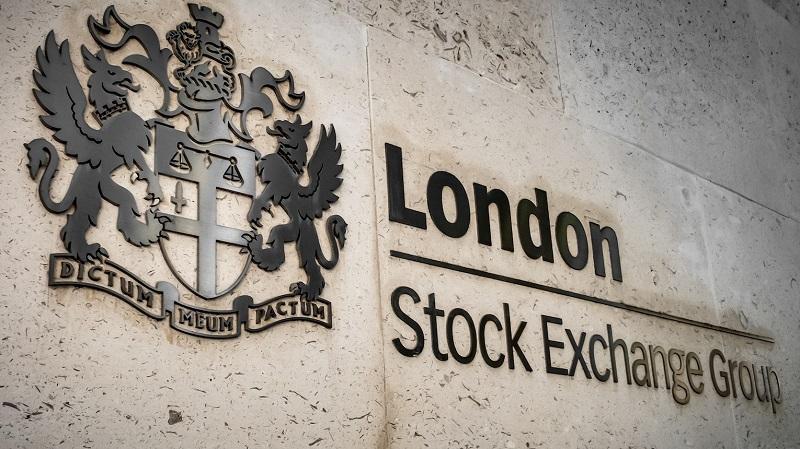FXOpen
Gold inched higher on Wednesday, increasing the price of yellow metal to more than $1240.00 an ounce following some key economic releases. The technical bias remains bullish because of a higher high in the recent upside move.
Technical Analysis
As of this writing, the precious metal is being traded near $1246 an ounce. A hurdle can be noted near $1295, the high of the last major upside rally ahead of $1300, the psychological level as demonstrated with red color in the given below chart. A break and daily closing above the red mark shall trigger renewed buying interest, validating a rally towards the $1340 resistance zone.

On the downside, a support may be noted around $1241, an immediate horizontal support ahead of $1238, the 50% fib level and then $1200, a key horizontal support as well as psychological number. The technical bias shall remain bullish as long as the $1200 support area is intact.
US Current Account
The U.S. current account deficit widened slightly in the first quarter, as the country imported more crude oil, car parts, and supplies for its factories. The Commerce Department said on Tuesday the current account deficit, which measures the flow of goods, services, and investments into and out of the country, expanded by 2.4 percent to $116.8 billion.
The current account deficit for the fourth quarter was revised up to $114.0 billion from the previously reported $112.4 billion. Economists polled by Reuters had forecast the deficit rising to $123.8 billion in the first quarter. The first-quarter current account deficit represented 2.5 percent of gross domestic product, up from 2.4 percent in the fourth quarter.
Trade Idea
Considering the overall technical and fundamental outlook, buying the precious metal around current levels appears to be a good strategy in short to medium term.
Trade over 50 forex markets 24 hours a day with FXOpen. Take advantage of low commissions, deep liquidity, and spreads from 0.0 pips. Open your FXOpen account now or learn more about trading forex with FXOpen.
This article represents the opinion of the Companies operating under the FXOpen brand only. It is not to be construed as an offer, solicitation, or recommendation with respect to products and services provided by the Companies operating under the FXOpen brand, nor is it to be considered financial advice.





